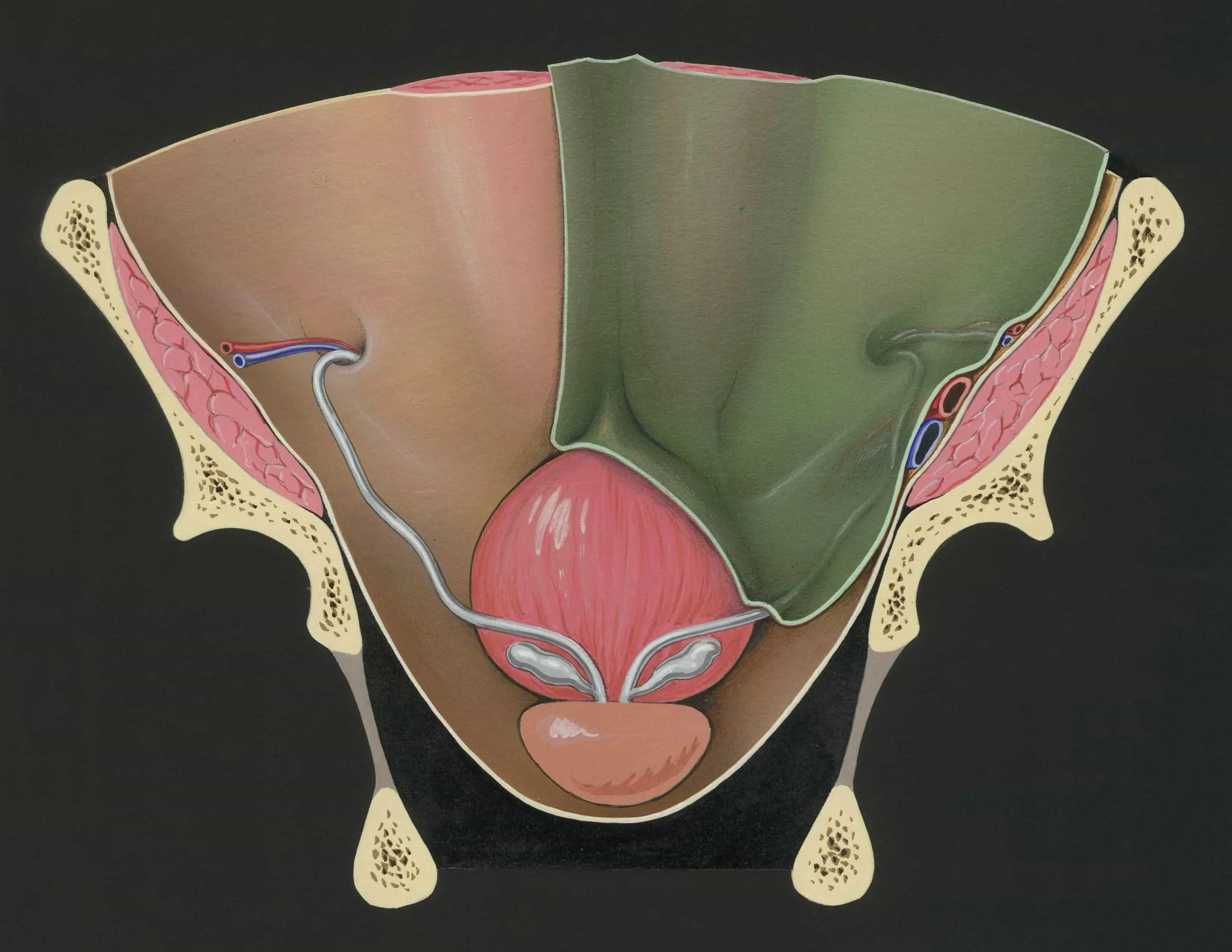In a groundbreaking discovery, scientists have identified a new type of cell in prostate cancer that may hold the key to more effective treatments. These cells, called FerroCAFs (iron-loaded Cancer-Associated Fibroblasts), play a surprising role in helping prostate tumors grow by weakening the body’s immune system. What’s more, this breakthrough could open the door to new therapies that target these cells, offering new hope to patients battling prostate cancer.
What Are FerroCAFs and Why Are They Important?
FerroCAFs are a special kind of cell found in the tissue surrounding prostate tumors. Normally, fibroblasts help support and heal tissues in the body, but when they become cancer-associated, they start working for the tumor instead of the body. What makes FerroCAFs unique is that they load up on iron, which changes their behavior in a way that promotes cancer growth.
The discovery of FerroCAFs is important because it helps explain why some prostate cancers become resistant to treatment. These iron-loaded cells don’t just sit idly by - they actively recruit other immune-suppressing cells, making it harder for the body’s immune system to fight the cancer. Essentially, FerroCAFs help create an environment where cancer can thrive.
How Do FerroCAFs Work?
The process that makes FerroCAFs so dangerous to the immune system starts with iron. Normally, iron is an essential mineral our bodies need for tasks like carrying oxygen and producing energy. But in FerroCAFs, the iron is used in a different way.
Researchers discovered that these cells collect iron from a process called heme degradation. Once the iron builds up inside the cell, it triggers an enzyme called Kdm6b, which plays a key role in how the cell’s DNA is packaged. This DNA change allows the FerroCAFs to produce proteins that attract certain types of immune cells known as myeloid cells. While myeloid cells usually help the immune system, in this case, they act to suppress the immune response, protecting the tumor from being attacked.
It’s like FerroCAFs are setting up a shield around the tumor, using the body’s own immune cells to do it. The more iron these cells gather, the stronger the shield becomes.
Why Is This a Big Deal for Prostate Cancer Treatment?
One of the biggest challenges in treating prostate cancer is that many tumors become resistant to standard treatments, such as hormone therapy. This resistance is partly due to the tumor’s ability to manipulate its surrounding environment and block the immune system from attacking it. The discovery of FerroCAFs helps explain how tumors are able to build these defenses.
More importantly, this new understanding of FerroCAFs opens up exciting possibilities for treatment. In their study, scientists were able to block the effects of FerroCAFs by targeting the iron within them. When they did this, they found that the immune system could start fighting back, and the tumors began to shrink. This suggests that by stopping FerroCAFs from gathering iron, doctors might be able to turn the tide against prostate cancer.
Potential for New Therapies
While current treatments for prostate cancer mostly focus on the tumor itself, this new research points to a different strategy: targeting the cells that help the tumor survive. By focusing on FerroCAFs, scientists hope to develop drugs that can prevent these cells from using iron to protect the tumor. If successful, this approach could make prostate cancer much more vulnerable to treatment.
Even better, the research team discovered that FerroCAFs aren’t just found in prostate cancer. Similar iron-loaded cells were also identified in lung and ovarian cancers. This means that the potential for new therapies targeting FerroCAFs could extend beyond just prostate cancer, helping patients with other types of cancer as well.
How Soon Could This Lead to New Treatments?
While the discovery of FerroCAFs is a major step forward, it’s important to remember that developing new treatments takes time. The next phase of research will involve testing therapies that target these iron-loaded cells in clinical trials. This process could take several years, but the hope is that these trials will lead to treatments that are more effective at stopping cancer from progressing and spreading.
In the meantime, this discovery gives researchers a new direction to explore, and patients can be hopeful that more effective options may soon be available.
The Bigger Picture: Understanding Cancer’s Complex Defenses
This study highlights just how complex cancer is. Tumors don’t exist in isolation - they are surrounded by a microenvironment made up of different types of cells that can either help or hinder the cancer. For years, scientists have been trying to understand this relationship, and the discovery of FerroCAFs adds an important piece to the puzzle.
By learning more about how these iron-loaded cells work, researchers are gaining valuable insights into the broader question of how cancer interacts with the immune system. As we continue to unravel these mysteries, it’s likely that we’ll see more breakthroughs in cancer treatment.
What This Means for Prostate Cancer Patients
For patients diagnosed with prostate cancer, the discovery of FerroCAFs offers new hope. If therapies targeting these iron-loaded cells can be developed, they could offer a new way to stop the cancer from growing and potentially even reverse its course. These treatments could be used alongside existing therapies, making them more effective.
It’s still early days, but the future looks promising. Researchers are optimistic that this new knowledge will lead to better outcomes for patients, not only with prostate cancer but potentially with other types of cancer as well.
Conclusion: A Promising New Frontier in Cancer Research
The discovery of FerroCAFs marks a significant advancement in our understanding of prostate cancer. These iron-loaded cells play a key role in helping tumors grow and evade the immune system, but by targeting them, scientists may be able to develop more effective treatments.
As research continues, we can look forward to a future where cancer treatments are more targeted and personalized, offering patients better chances of survival. For now, the discovery of FerroCAFs is a bright light on the horizon in the fight against cancer.


